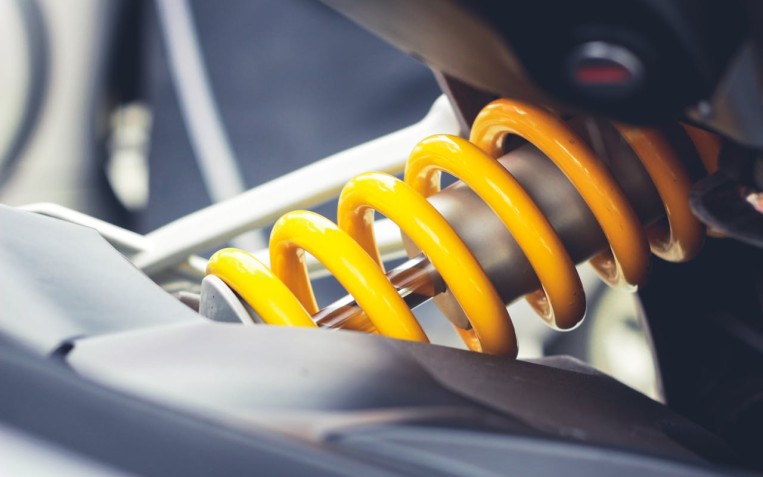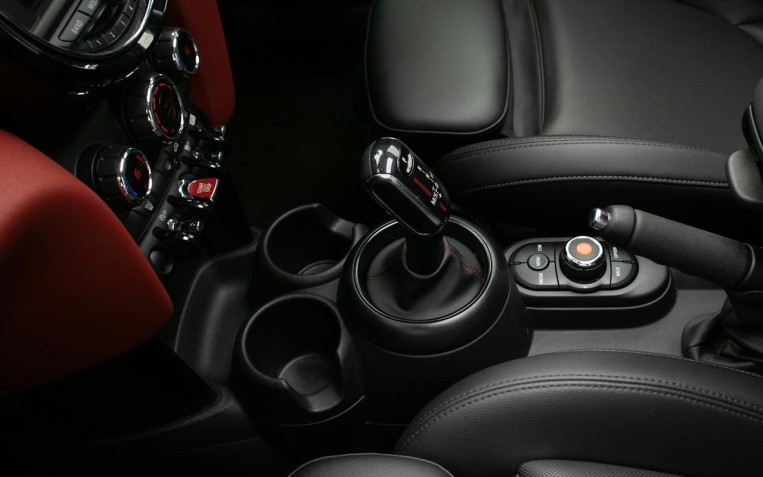What are the highway code stopping distances?

Ever heard of stopping distance? Or perhaps you understand that stopping distance is calculated by adding together thinking distance and braking distance? Either way - it's important to understand exactly what it all means, and how to keep safe on the roads. Learn everything you need to know about UK stopping distances from our detailed guide.
What is stopping distance?
Stopping distance is the total amount of time it takes for your vehicle to stop - from the moment you begin to think about braking, to the second you come to a complete halt. Stopping distance is calculated using a specific formula:
Stopping Distance = Thinking Distance + Braking Distance
So, what is 'thinking distance' and 'braking distance'?
Thinking Distance
This refers to the distance which is travelled in the time it takes you, the driver, to realise that you must brake. For example, this could be from the moment that a car in front of you brakes, to the moment that your foot actually presses down on the brake.
Braking distance
This refers to the amount of time from the moment you apply your brakes, to when your vehicle comes to a complete stop, or you remove your foot from the brakes.
According to the UK Highway Code, thinking distance and braking distance can be calculated like so:
THINKING DISTANCE
| Speed | Thinking distance (before braking) | |
|---|---|---|
| 20mph | 6 metres | 20 feet |
| 30mph | 9 metres | 29 feet |
| 40mph | 12 metres | 39 feet |
| 50mph | 15 metres | 49 feet |
| 60mph | 18 metres | 59 feet |
| 70mph | 21 metres | 69 feet |
BRAKING DISTANCE
| Speed | Thinking distance (before braking) | |
|---|---|---|
| 20mph | 6 metres | 20 feet |
| 30mph | 14 metres | 46 feet |
| 40mph | 24 metres | 79 feet |
| 50mph | 38 metres | 125 feet |
| 60mph | 55 metres | 180 feet |
| 70mph | 75 metres | 246 feet |
Source: RAC
What can affect stopping distance?
Of course, there are multiple factors which need to be taken into account when calculating stopping distance. Some of these include:
Variables out of your control
- Condition of the road - this can have a significant effect on your stopping distances. If the condition of the road is poor - such as uneven terrain, numerous potholes - this can affect stopping distance.
- Weather conditions - heavy rain, icy surfaces or snowy conditions can cause braking to be slower due to the roads being more slippery, and more caution being taken. On sunny days, visibility can also be an issue - meaning it may take you longer to spot potential hazards, reducing your potential thinking distance.
- Warm, greasy roads - also on hot days, road surfaces can become greasy - which then increase stopping distance. This is why understanding the road surface you're driving on is so important to road safety.
Variables you can control
There are multiple factors that, as a driver and a vehicle owner, you are responsible for. Some of these include:
- The condition of your vehicle - if your vehicle has worn brake pads, poor quality tyres such as uneven tyre wear, or your tyres are not meeting the legal tread limit, this can affect your stopping distance.
- Keeping alert and aware at all times - as a driver, it is your responsibility to keep alert and aware whilst driving. Substances such as alcohol or drug use can significantly impact stopping distances, as well as being illegal to consume when behind the wheel. Also, driving when you're too tired can be dangerous - so it's important to stop for breaks if you feel yourself nodding off.
Looking for ways to make your vehicle safer to decrease your stopping distance? Book your vehicle in for a car service now - or speak to a member of our friendly team for more advice on highway code stopping distances in the UK.
Related Content

Should I have soft or stiff suspension springs for my vehicle?
Suspension springs are essential for maintaining your vehicle’s stability and ride height. Over time, the springs will succumb to wear and tear, which affects how your car handles, brakes and accelerates on the road. Discover whether you should...

What is engine braking?
Engine braking involves taking your foot off the accelerator pedal, allowing your car to slow down. Over time, the parts on your vehicle’s braki...

A guide to the different types of car clutches
The clutch is responsible for channelling the power from the engine, through to the gearbox, and the wheels. Your vehicle's clutch will differ dependi...

